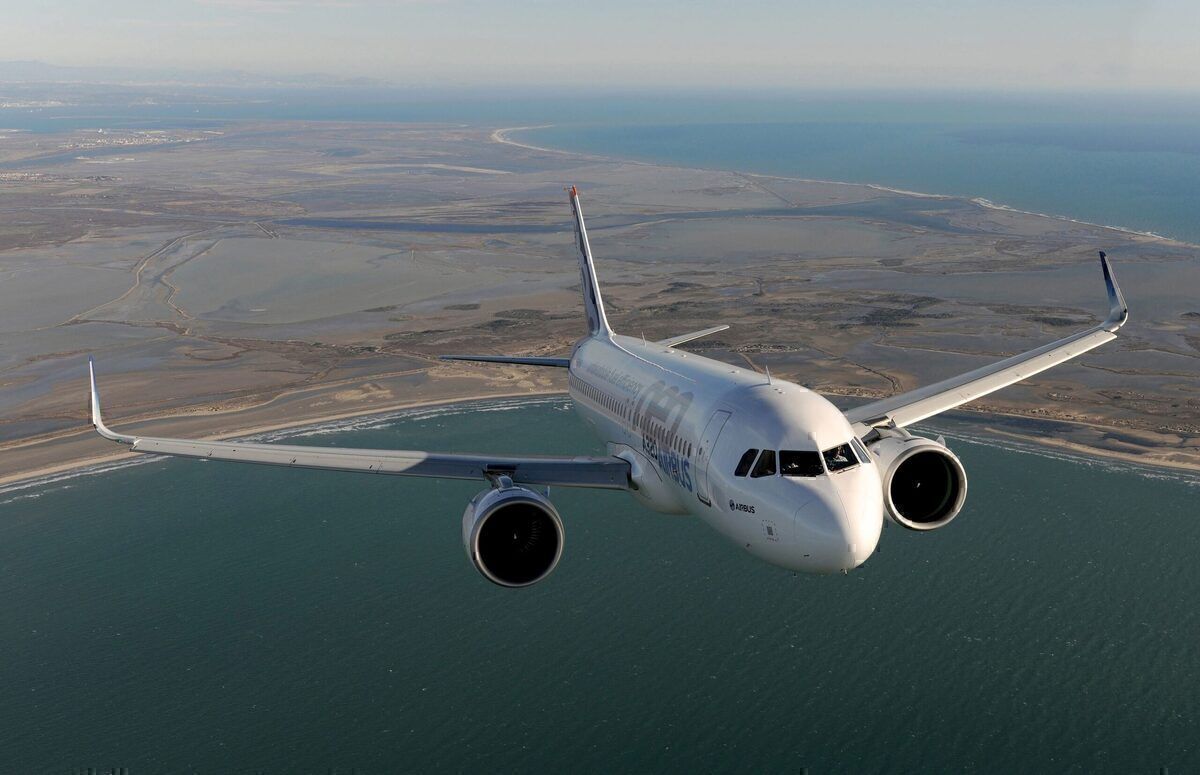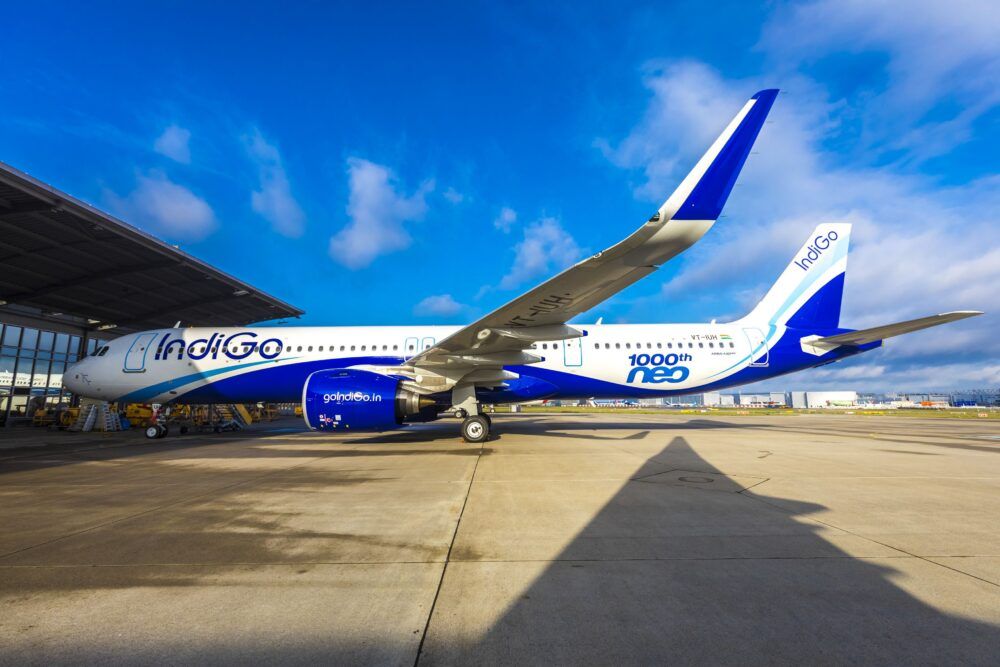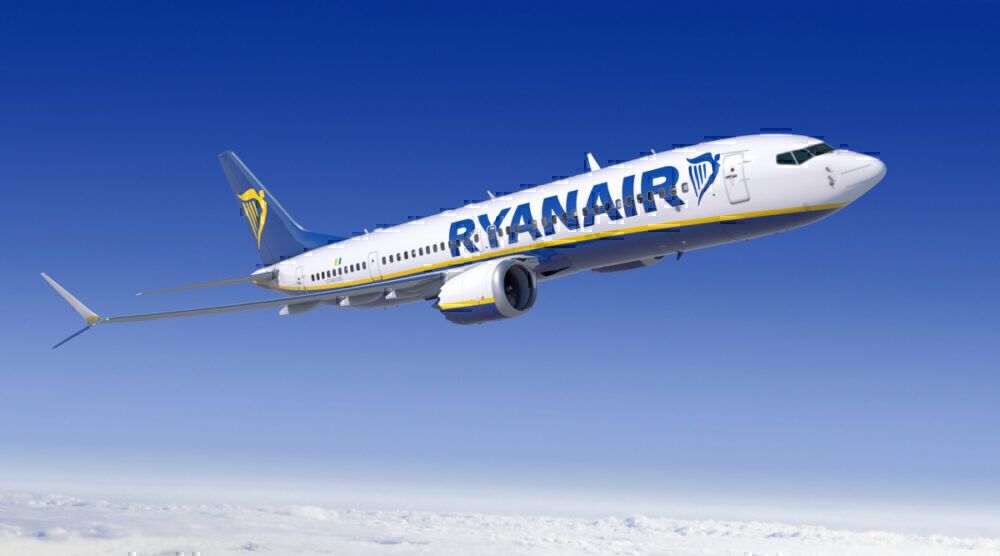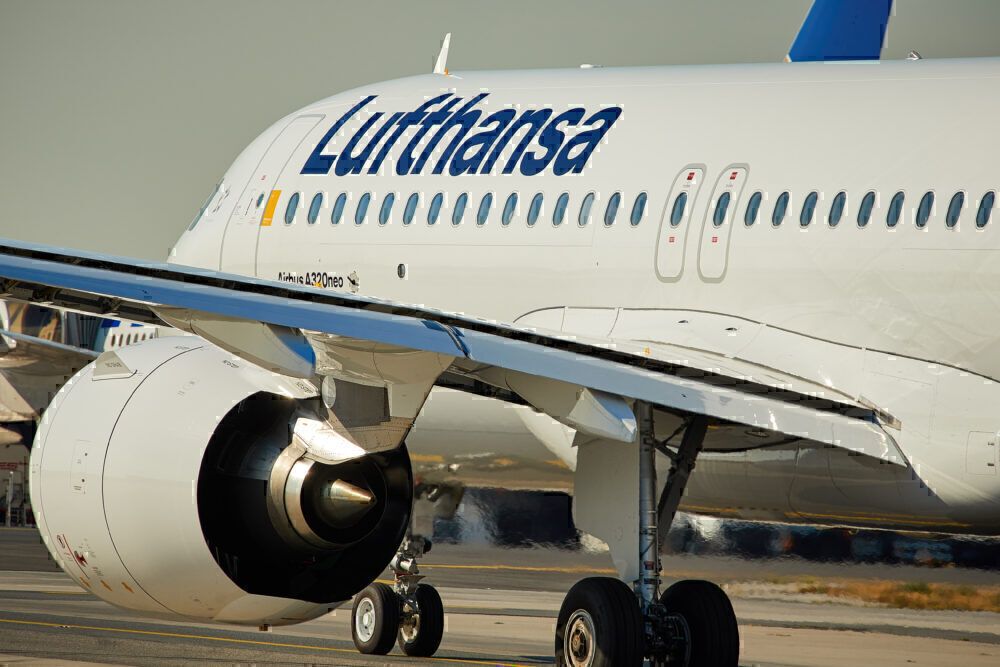It’s always entertaining to think about what plane will be coming next, and when it comes to Airbus and Boeing, there’s usually a great deal of excitement about any new addition to the product lineup. While Airbus is eyeing a zero-carbon aircraft by 2030 or so, could it also be contemplating something smaller and more agile for the interim?
What plane will Airbus design next?
While the A320neo family of aircraft might still seem pretty modern and new to most of us, designing a new airplane takes a rather long time. Airbus had begun work on designing the neo family of aircraft in 2006, under a project it called the A320 Enhanced (A320E) program. The outcome of that, the A320neo, didn’t take its first flight until 2014, entering service with Lufthansa a decade later in 2016.
Considering the French government’s commitment to develop an A320 successor, ideally a zero-carbon plane, by 2030, time is already of the essence. As part of its bailout for the aerospace sector, France is plowing $17bn into the industry, some of which will be used to fund this project.
While there has been much talk about what plane Airbus will design next, and even some hydrogen concepts coming out of Airbus itself, a clean-sheet design is still many years, maybe even a decade away. Could there be something new from Airbus even sooner than that? Something that solves an age-old problem and plugs a gap in the market where Airbus is set to bleed orders to Boeing?
Stay informed: Sign up for our daily aviation news digest.
The case for the A320neo Plus
The A320neo lineup has proven incredibly popular if you take into account all members of the family. While the A319neo has struggled to gain traction, both the A320 and A321 variants have built up a sizeable backlog.
However, despite the capable offerings of the A320 and the many variants of the A321neo, there is still a gap in the market that neither fulfills. The A320neo has a maximum capacity of 194 passengers, while the more expensive A321neo adds another 50 or so seats. At the legally required ratio of one cabin crew per 50 passengers, the A321 requires one more flight attendant, while the A320neo is short of six seats from the magic 200 number.
Way back in 2014, Michael O’Leary, CEO of Ryanair, noted the importance of the optimum number of seats. At the time, he was commenting on the choice of the 737-800 versus the A320ceo, which represented 189 seats versus 180. He told CNBC,
"Look at the economics of the 737, the 800 [series] has 189 seats. The [Airbus] A320 has 180 seats. And those nine extra seats when you're flying them eight times a day, 365 days a year are a compelling competitive advantage for Boeing."
Now, O’Leary has his perfect plane. The 737 MAX 8-200, which is being certified specifically for Ryanair, brings the passenger capacity to the holy grail number of 200. That’s four cabin crew as opposed to five, while cramming in as many passengers as the 737 can effectively hold. Once other airline cotton on to the math Mr O’Leary has done here, there may well be more orders swinging Boeing’s way from the low-cost airlines who need to make every penny count.
What would the A320neo Plus do differently?
It would make more sense for Airbus to stretch the A320neo than to shrink the A321. It wouldn’t need to stretch it much more, if at all, to fit in those extra six seats. In fact, just removing a galley or shrinking the lavatories could be enough to squeeze in the extra row.
The big change would likely be the challenge of increasing the exit limit. The A320neo is only certified for a maximum exit limit of 194. Adding six more people would probably push it over the regulatory maximum, which would mean adding one more exit door.
This, while requiring some commitment to carry out, would not be a huge deal for Airbus. Boeing’s 737 MAX 8-200 is yet to be certified, but is expected to only take a matter of weeks to do so. It would be a relatively easy modification for Airbus to make, and could stop potential customers from swinging towards Boeing with its high capacity -200 version of the MAX.
What do you think? Should Airbus push forward with a higher capacity variant of the A320neo? Let us know in the comments.




